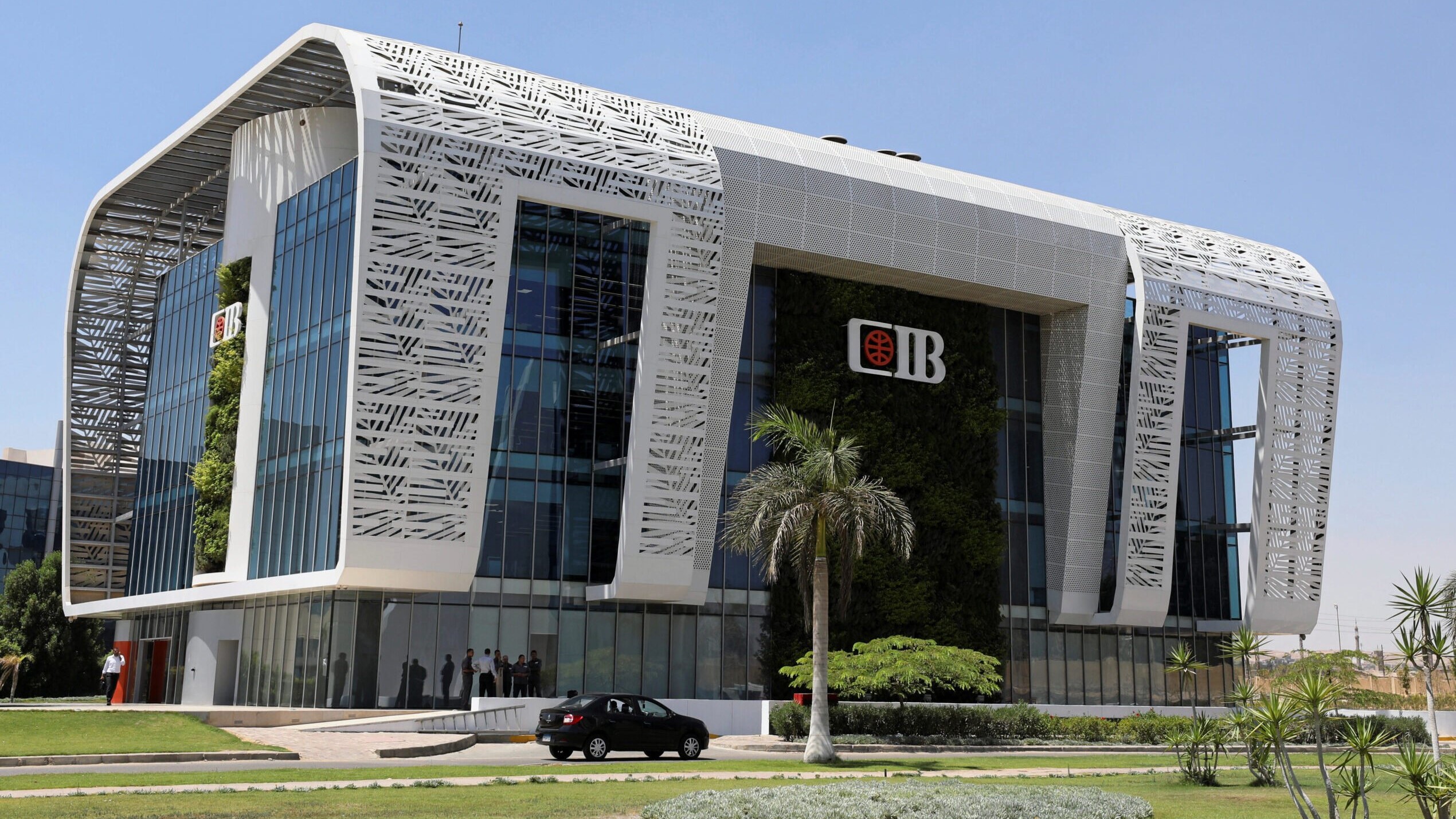East Africa’s Finance ministers on Thursday presented their spending plans for the 2021/2022 fiscal year with a key focus on rebuilding economies ravaged by the Covid-19 pandemic, protecting local industries, keeping jobs and up-scaling investment in infrastructure projects critical to the faltering intra-regional trade.
The Treasury chiefs, who tabled the budgets against a backdrop of weakening macroeconomic environment, declining domestic revenue collections and mounting public debt, spelt out temporary taxation measures to protect local industries from cheap imports ahead of the conclusion of the review of the regional Common External Tariff (CET).
They also increased budgetary allocations to key growth sectors such as manufacturing, health, tourism, agriculture and transport infrastructure to enhance domestic and regional connectivity.
Kenya, Uganda and Tanzania however revealed economic recovery plans hinged on borrowing at least $15.88 billion to fund the ambitious projects such as ports, railways, roads, and oil pipelines.
The ministers proposed changes in the CET for one year to stimulate economic recovery through industrialisation and inclusive growth. They also agreed to continue implementing measures that were effected in the 2020/2021 fiscal year.
According to the budget statements, EAC partners agreed to stay the application of the EAC CET rate of 25 percent and apply a duty rate of 10 percent for buses for rapid transport projects for one year. They also agreed on a stay of application of the EAC CET rate of 10 percent and apply a duty rate of 25 percent for one year on cotton yarns, and a similar deal for new pneumatic tyres of rubber used on motorcycles to protect local manufacturers.
A EAC CET rate of 25 percent was stayed and apply a duty rate of 35 percent imposed for one year on peanut butter to promote small and medium enterprises engaged in peanut processing.
Other customs taxation measures agreed on include a stay of application of the EAC CET rate of 10 percent and application of a duty rate of 0 percent for one year on wires and alloy steel to reduce the cost of these inputs, and a stay of application of a CET rate of 25 percent and application of a duty rate of 0 percent for one year on milk cans to provide relief for the dairy sub-sector.
The partners have also agreed to grant duty remission of 10 percent instead of 25 percent for one year on CKD for three-wheel motorcycles, excluding chassis and its components, to reduce cost of production for local manufacturers. Other items whose import duty was reduced from 10 percent to 0 percent are flat-rolled products or other alloy steel of a width of 600mm or more to reduce the cost of this input used by local manufacturers.
On the other hand, import duty on iron and steel was retained at 25 percent for one year while that on imported potatoes, peas, and tomatoes was retained at 30 percent for the same period.
Imported leather and footwear will maintain an import duty of 25 percent while that on imported furniture will remain at 35 percent.
But the requirement of 15 percent refundable additional import duty on sugar for industrial use has been removed.
Kenya still has the highest budget in the region, at $34 billion.
Tanzania, whose Finance Minister Mwigulu Nchemba announced a Tsh36.36 trillion ($15.61 billion) budget, is looking to continue its infrastructure modernisation drive that includes standard gauge railways, the oil pipeline from Uganda, and the $1.28 billion gas projects President Samia Suluhu Hassan has promised to jumpstart.
Tanzania also plans to increase its borrowing to Tsh469.1 billion ($201.42 million), about half of which will come from external sources.
In Kenya, the government has prioritised the implementation of President Uhuru Kenyatta’s legacy projects as part of the economic recovery plan, including maintaining the economic stimulus programme targeting to cushion vulnerable citizens and businesses affected by Covi-19.
Treasury Cabinet Secretary Ukur Yatani allocated Ksh142 billion ($1.32 billion) to the president’s legacy projects known as the Big Four and an additional Ksh23.1 billion ($215.88 million) to the economic stimulus programme.
The ‘Big Four’ agenda comprises universal healthcare, affordable housing, manufacturing and food and nutrition security.
Kenya has singled out the railway as a key enabler in its bid to boost regional connectivity, improve rural accessibility and ensure continuous urban decongestion, especially in Nairobi. The National Treasury allocated Ksh27.2 billion ($254.2 million) for the completion of the Phase 2 (Nairobi-Naivasha) of the standard gauge railway line and Ksh2 billion ($18.69 million) for the Naivasha Inland Container Depot. Other allocations are the railways metro line (Ksh1.3 billion or $12.14 million), Nairobi-Nanyuki metre gauge rail (Ksh1.1 billion, $10.28 million) and rehabilitation of the Nakuru-Kisumu metre gauge rail (Ksh700 million, $6.54 million).
Kenya’s public debt is estimated at Ksh8.4 trillion ($78.5 billion) and the government is seeking to borrow an additional Ksh662 billion ($6.18 billion) and Ksh271 billion ($2.53 billion) from the domestic market and foreign markets, respectively, in the next financial year.
Tanzania’s Nchemba is allocating funds to priority areas that stimulate economic growth and accord priority to ongoing projects. These include developing railway infrastructure and services, construction and rehabilitation of roads that link Tanzania with neighbouring countries and decongest urban area and increase productivity in agricultural livestock and fishery products.
Some Tsh7.44 trillion ($3.19 billion) has been allocated on infrastructure out of which Tsh3.13 trillion ($1.34 billion) is for flagship projects including strengthening the national carrier Air Tanzania, construction of an SGR line from Mtwara to Mbamba Bay with spurns to Liganga and Mchuchuma; the crude oil pipeline from Hoima, Uganda, to Tanga; and construction of a liquefied natural gas plant in Lindi.
Tanzania has zero-rated Value Added Tax on transportation of crude oil and other related services through the pipeline which will be constructed under an intergovernmental agreement with Uganda.
Tanzania’s national debt had reached Tsh2.8 trillion ($1.2 billion) as of April and negotiations are under way with the International Monetary Fund to secure a concessional loan worth $ 571 million under Rapid Credit Facility to mitigate the economic and social effects of the Covid-19 pandemic.
Its external debt stood at Tsh2 trillion ($858.78 million) while the domestic debt was at Tsh795.6 billion ($341.62 million).
In Uganda the designated Minister of State for Planning Amos Lugolobi presented a Ush1.35 trillion ($381.57 million) budget, a drop of four per cent from last year’s, geared towards the economic recovery from the Covid-19 pandemic, with some of the funds going towards improving roads, railways, and oil projects.
Mr Lugolobi announced measures to stimulate economic recovery by boosting business activity through financing private sector growth as well as investment promotion, promoting agro-industrialisation and establishment of infrastructure for economic growth and development including transport infrastructure and power infrastructure and Digital transformation. He also indicated that they are in discussions with the IMF for an Ush107.11 billion ($30.27 million) loan to boost its recovery plan.
SOURCE: The East African

Ethiopia has cleared the way for Safaricom to introduce M-Pesa in the market of 110 million people after deciding to include the ...

Egyptian largest private sector bank by assets Commercial International Bank (CIB) is seeking to acquire more banks to strengthen ...

The European Investment Bank and International Solar Alliance have published a study outlining access solutions to overcome key ...

Kenya has been ranked the top country in the world in reducing population with no access to electricity, pointing to the impact ...